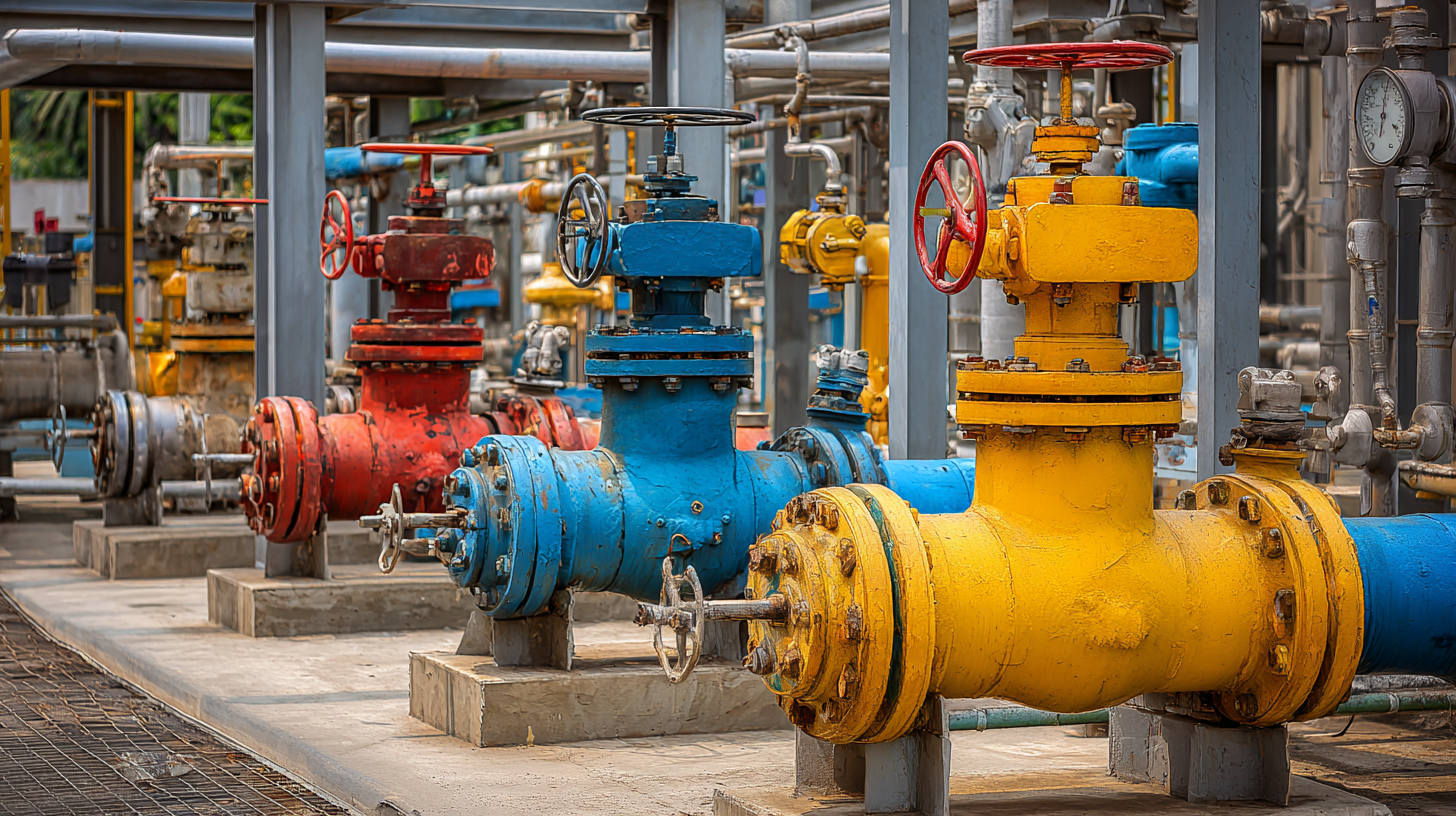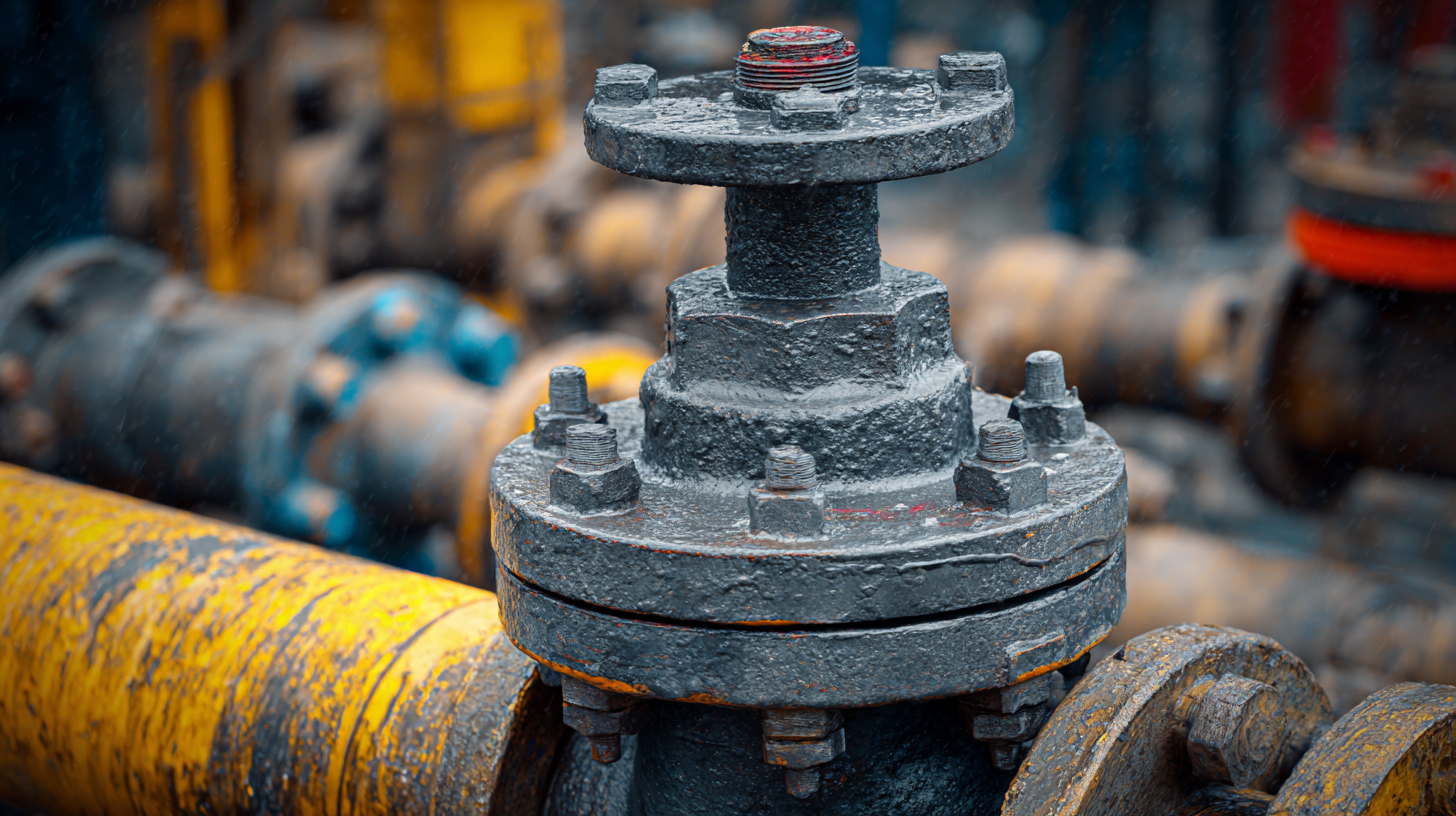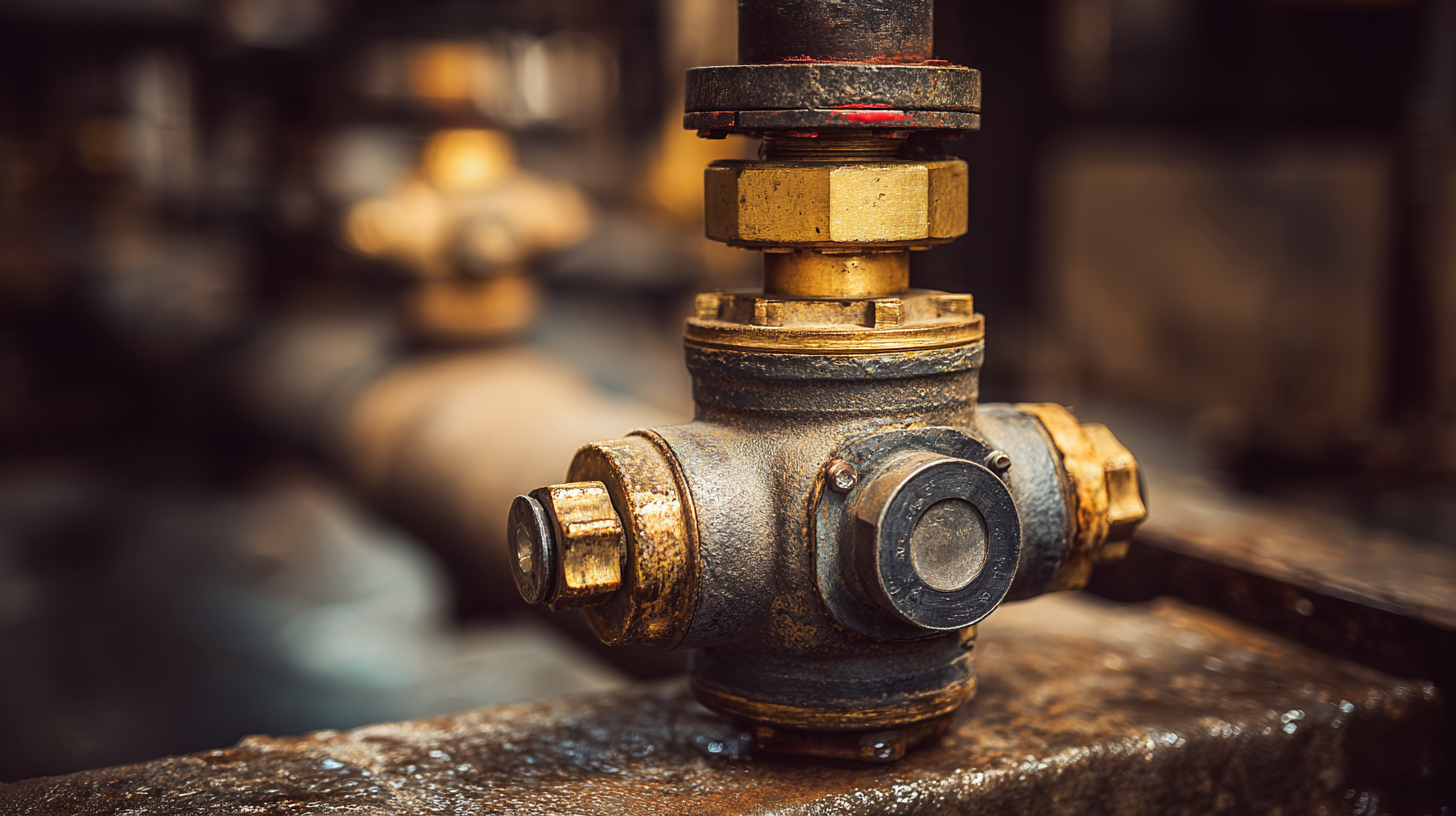MENUMENU
 The tank valve industry is poised for significant transformation by 2025, driven by advancements in technology and evolving market demands. According to a recent market analysis, the global tank valve market is projected to reach USD 3.5 billion by 2025, growing at a CAGR of 5.3% from 2020. This growth is fueled by the increasing need for efficient fluid management solutions in industries such as oil and gas, chemicals, and water treatment.
The tank valve industry is poised for significant transformation by 2025, driven by advancements in technology and evolving market demands. According to a recent market analysis, the global tank valve market is projected to reach USD 3.5 billion by 2025, growing at a CAGR of 5.3% from 2020. This growth is fueled by the increasing need for efficient fluid management solutions in industries such as oil and gas, chemicals, and water treatment.
As the landscape shifts, key trends are emerging, including the integration of smart technologies and automation, which promise enhanced operational efficiency and safety. To navigate this changing terrain, stakeholders must adopt strategic implementation practices and remain compliant with evolving regulations.
This blog will explore these emerging trends, backed by industry insights and actionable tips for selecting the best tank valve solutions that align with future operational needs.
When selecting and maintaining tank valves, the role of after-sales service cannot be overstated. According to a report by MarketsandMarkets, the global valve market is expected to reach $92 billion by 2025. This growth is closely linked to the increasing importance of ensuring operational efficiency and safety in industrial applications. Companies that provide robust after-sales support not only enhance the functionality of their products but also reinforce customer trust and loyalty. For instance, regular maintenance services can extend the lifespan of tank valves by up to 30%, thereby reducing overall costs associated with replacements and unexpected downtime.

Additionally, after-sales service serves as a critical factor in the selection process of tank valves. A study by ResearchAndMarkets highlights that 65% of procurement professionals prioritize suppliers that offer comprehensive post-purchase support. This trend is particularly evident in industries where safety is paramount, such as chemicals and oil & gas, where a failure in tank valve operation can lead to significant financial and environmental repercussions. Providing consistent technical support and timely maintenance schedules can be the differentiating factor for companies looking to optimize their valve operations and sustain long-term benefits.
When selecting tank valves, understanding repair costs is crucial for maximizing their lifespan and ensuring efficient operation. The longevity of tank valves is heavily influenced by factors such as material selection, operating conditions, and maintenance practices. High-quality materials that resist corrosion and wear can significantly reduce repair needs and costs over time. For instance, stainless steel and specialty alloys often outperform their standard counterparts in harsh environments, ultimately leading to fewer replacements and extensive repairs.
Another essential factor influencing valve lifespan is the operational environment. Exposure to extreme temperatures, pressures, or corrosive substances can accelerate wear and tear. Implementing a preventive maintenance program that includes regular inspections and service can help identify potential issues before they escalate, reducing repair costs. Additionally, staff training on proper handling and usage can decrease the likelihood of mishandling, further extending the lifespan of the tank valves. Ultimately, a comprehensive approach that addresses these key factors will not only lower repair expenses but also enhance the overall reliability of tank systems.

When evaluating the best tank valve options for your needs, it's essential to consider several key factors that will influence your selection. First, assess the specific requirements of your application, including the type of fluid being handled, the pressure levels, and the temperature ranges. Different fluids, such as corrosive chemicals or viscous materials, may require specialized valve materials and designs to ensure safety and efficiency. Moreover, understanding the operating environment—whether it’s exposed to extreme temperatures or corrosive atmospheres—can help in choosing a valve that will last longer and perform reliably.
Additionally, consider the valve's ease of maintenance and installation. A valve that is straightforward to install and requires minimal downtime for maintenance can lead to significant cost savings in the long run. Look for features such as quick-disconnect fittings or modular designs that enable easy upgrades or repairs. It’s also wise to review manufacturer documentation and specifications to ensure compatibility with your existing systems and regulatory requirements. By carefully evaluating these aspects, you can make a well-informed decision that enhances your operational efficiency and safety in 2025 and beyond.
Effective maintenance strategies for tank valves are crucial for ensuring operational efficiency and safety in various industrial settings. To maintain optimal performance, it is essential to perform regular inspections that focus on identifying wear and potential failure points. This proactive approach allows for the timely replacement of parts, minimizing downtime and reducing the risk of leaks or other failures.
Tip: Implement a scheduled maintenance routine that includes detailed checklists for valve inspection. This ensures that all critical components are reviewed consistently, and any anomalies are documented for future reference.
Additionally, training staff on proper valve operation and maintenance techniques can significantly enhance the longevity and reliability of the tank valves. Employees should be well-versed in recognizing early signs of malfunction, enabling them to act swiftly before issues escalate.
Tip: Conduct regular training sessions and hands-on workshops to keep staff updated on the latest maintenance practices and technologies. Encouraging a culture of safety and diligence can lead to better overall performance in valve management.
The evolution of tank valve technology continues to redefine industry standards, with a focus on enhancing functionality and customer support. As we look toward 2025, innovations such as smart valves equipped with IoT capabilities are expected to make significant strides. These advanced systems not only streamline monitoring processes but also enable predictive maintenance, reducing downtime and improving overall efficiency.
Tip: When selecting a tank valve, consider options that offer real-time data analytics to aid in monitoring valve performance. This proactive approach can ultimately save time and cost associated with leaks or failures.
Moreover, customer support will become increasingly integral to valve selection processes. Manufacturers are expected to provide comprehensive online resources such as installation tutorials, troubleshooting guides, and virtual consultations. This level of support empowers users to make informed decisions, enhancing satisfaction with their valves' performance.
Tip: Ensure that the valve manufacturer offers an extensive customer support platform, including access to instructional videos and live assistance, to ensure a smooth implementation process.